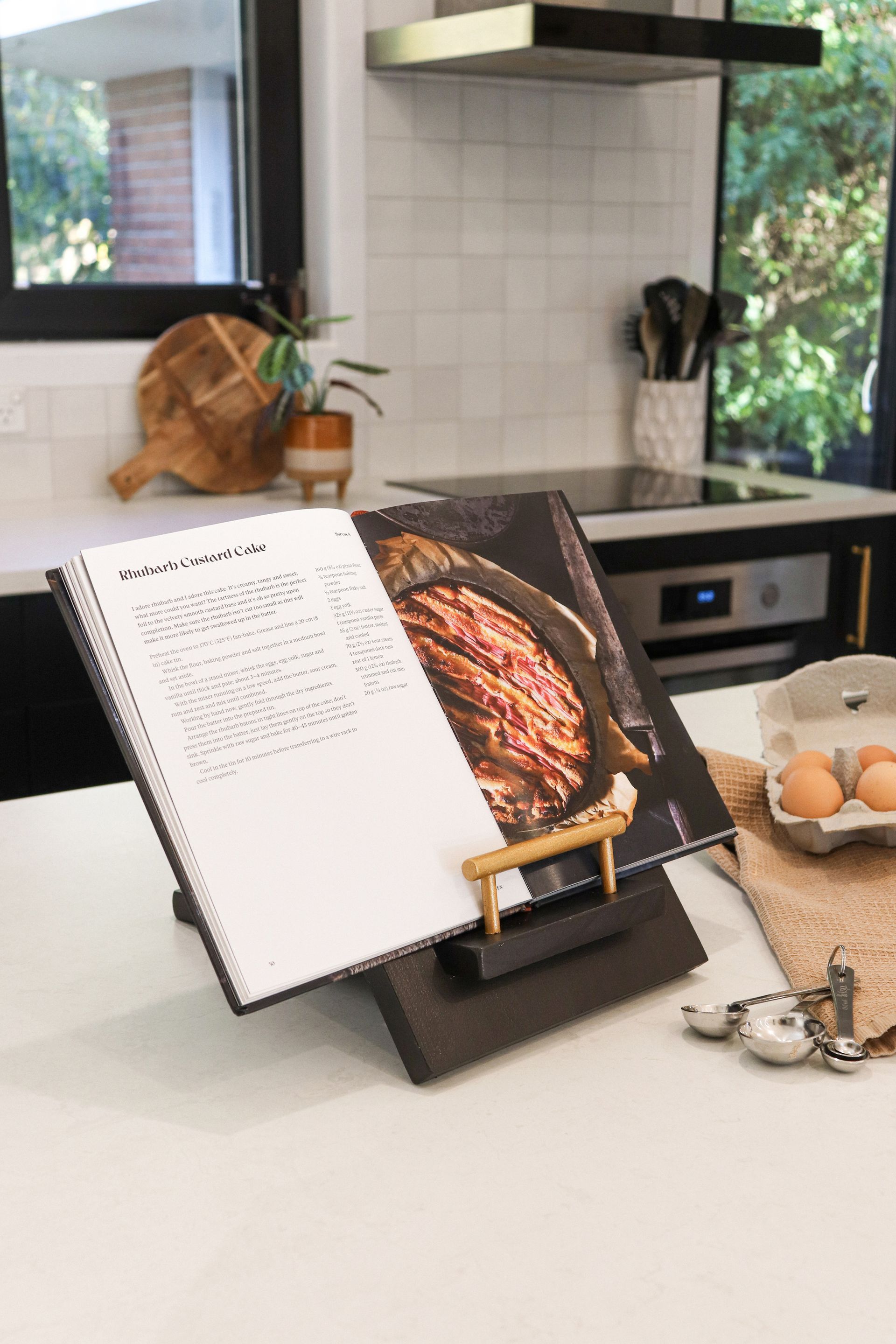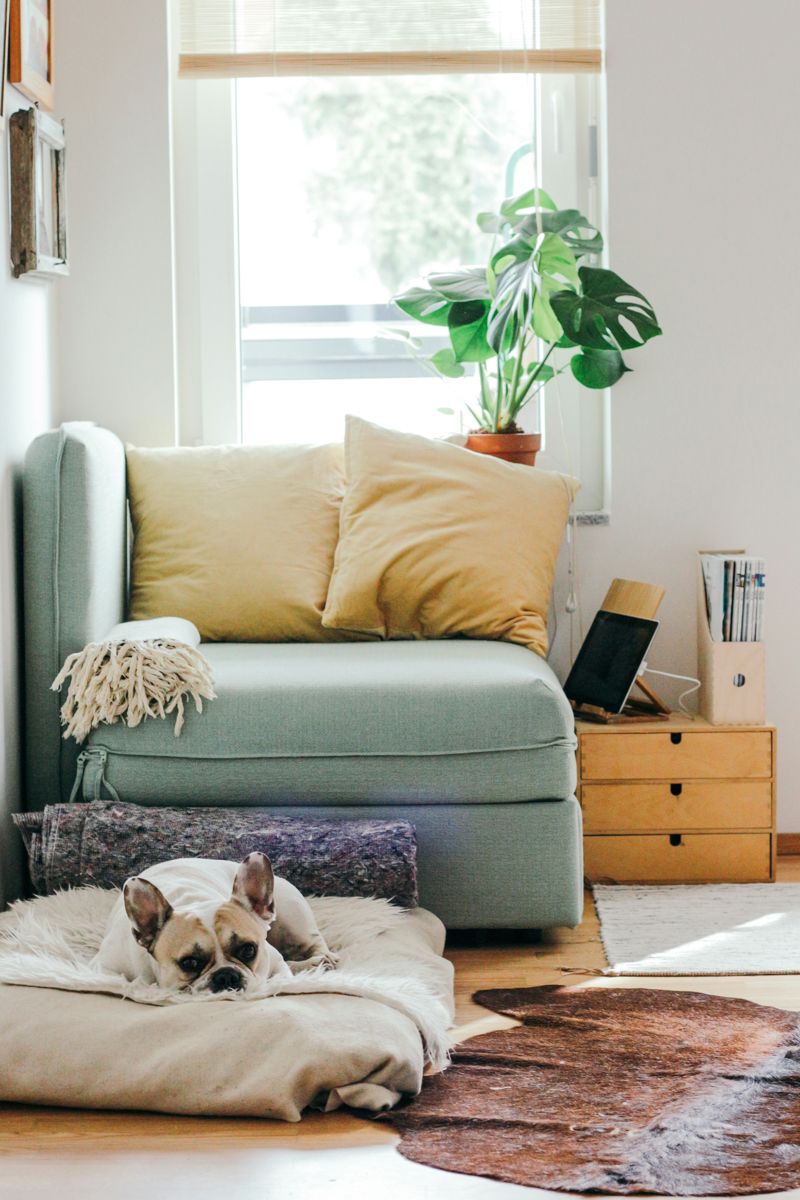From the first time she picked up a knife as a kid in New Brighton, Christchurch chef Amber Doig has found happiness creating food others will enjoy.
The bustling streets below the rooftop bar fed cars and pedestrians through the heart of the city like blood through veins, flowing down around Hyde Park, towards the harbour or King’s Cross, or east towards the beaches of Bondi and Coogee. A pulsing, cosmopolitan sprawl, a cornucopia of cultures from all over the world. But one night in May, the restored Paramount House Hotel in central Sydney – the former Down Under base of the famed Hollywood studio – was all about Aotearoa New Zealand. Music, culture, food.
Guests were treated to snapper and clam ceviche, seared and smoked venison rubbed with horopito and kawakawa served with feijoa salsa, and mānuka honey panna cotta with golden kiwifruit. The culinary master behind the menu? Amber Doig, a Māori woman born and raised in Ōtautahi Christchurch, and now head chef of renowned Potts Point eatery The Butler. ‘I’ve enjoyed cooking since I’ve been old enough to wield a knife,’ says Amber, who’s worked in top New York restaurants and is a champion of Kiwi produce and ingredients, incorporating some into her Latin American-inspired menu at The Butler. ‘Mum was a working chef when I was growing up and Dad loved to fish and cook. Both loved lots of spice and flavour. Our close family are also passionate about cooking and entertaining.’
Amber, who moved to Sydney at 17 to pursue her culinary ambitions, has fond memories of growing up beachside. ‘I’m a third-generation New Brighton kid – my grandmother, father and I all spent our childhoods in North Beach,’ she says. ‘I was lucky enough to have family scattered along Pegasus Bay from Sumner to Waimairi, and most of our fun was associated with the estuary surrounds or our big, beautiful stretches of coastline.’ Swimming, surfing, biking, sliding the dunes, the Whale Pool and the New Brighton Mall in the 1990s, watching the pier being built then getting to walk it.
Amber was a coastal kid, as well as a budding foodie. ‘Any trips to the Te Pātaka o Rākaihautū/Banks Peninsula were always a highlight,’ she says. ‘Even now when I return, I love spending time in Lyttelton. Rāpaki was like a second home as well as the surrounding bays, the drive to Akaroa, Wairewa, and Wainui also just stunning.’
Nowadays, the coast is still close. It’s a few minutes’ walk from The Butler to various inner-city Sydney bays and piers: Finger Wharf, Beare Park, Rushcutters Bay. Doig has spent much of the past two decades in Australia’s biggest city, working her way up as a chef, creating and learning and growing. The flame ignited by her parents and family still burns bright.
While the challenges have changed for Amber as a head chef, her passion for the industry is the same as when she was a young chef. Photo Kitty Gould.
Amber's mother was a chef and father a keen fisherman who liked to cook; their love of flavour and spices is in
Amber's blood. Photo Yusuke Oba.
As well as amazing food, The Butler has a panoramic view of the Sydney skyline from its terrace.
‘The happiness which comes from preparing something with your hands for another person that they truly enjoy, was a big part of the appeal for me,’ she says, looking back on how she got into the industry. She still enjoys that, even as the dishes she’s cooking have evolved from childhood home baking, or crafting bagels and rolls for the Java Café in Ōtautahi Christchurch.
Having discovered a passion for Mexican and Latin cuisine, her menu at The Butler includes dishes such as roast barramundi fillet with pistachio mole verde; lamb barbacoa; kingfish aguachile; ‘chorizo y papas’ potato gnocchi; and a range of mouth-watering tacos.
Amber says there are so many things she loves about true Mexican cooking. ‘Thinking you know what it is, and then being blown away – the complexities of chillies, using different styles for different flavour profiles and characteristics; ancient techniques which have stood the test of time. The endless array of salsas, some simple, some with 25 ingredients all treated individually. Learning to make different moles, scraping the surface of the many uses for masa. I could go on all day, there’s so much to love and learn.’
By the time she reached her early years in high school in Ōtautahi Christchurch, Amber knew she wanted to be a professional chef. ‘I did some career exploration and short courses while still at school, even some work experience as a cook at Burnham Military Camp as the army was something I pondered,’ she says. ‘I enjoyed my week there; it helped me realise my passion for cooking and serving was more flavour driven, and mess hall food is focused on volume, time and sustenance – which is still fulfilling and an important role but ultimately not what I decided on.’
Leaving school after Year 12, Doig moved across the ditch soon after the Sydney Olympics – ‘it seemed like an amazing opportunity full of endless possibilities’ – pursuing an apprenticeship with chef Chris Mitchell at a busy café in Rozelle.
From the complexities of chillies to
ancient techniques that have stood the test of time and learning to make different moles, Amber loves Mexican
cuisine. Photo Jiwon Kim.
Later, after some family time back in Ōtautahi Christchurch including a stint at Java Café in High Street, she continued her Sydney ascent at the InterContinental Hotel then was mentored as a sous chef by Vanessa Martin at Chefs-Hatted neighbourhood institution Il Piave restaurant. ‘Vanessa has probably been my greatest influence, not only for technical skill, or her creativity balanced with simplicity and nostalgia, but her love for her cuisine and kitchen culture, always putting the needs of her guests and her team above her own.’
Inspired by a 2010 vacation and ‘an epiphany there with my first experience with the closest thing to real Mexican cuisine’, Amber moved to New York in 2015, leaving behind her partner and home in Sydney to chase her ‘if you can make it there you can make it anywhere’ dream.
She worked for a year or so across multiple venues for the famed Empellón group of restaurants and bars, racking up ‘truly bucket-list experiences’ like cooking at James Beard House with superstar chef Alex Stupak while on camera to a dining room of NYC industry buffs; preparing and serving Grant Achatz’s Chef’sTable Netflix Premiere party; and working closely with Chef Stupak for charity events and meeting legendary US chefs. Challenged, humbled, invigorated, her New York experience was ‘tough, but priceless’.
She returned to Sydney in spring 2016, ‘full of love for my craft, a new-found love of America, lifelong connections and friendships, and my relationship intact’, and quickly became head chef at The Butler. Now 20 years on from her early years in Sydney, she still loves the industry, despite its many challenges, some exacerbated by the pandemic.
‘Working in a great team, front and back of house as one unit, serving food you love, in the buzz of a busy restaurant is our most favourite thing,’ she says. ‘I know I can speak for many hospitality folks when I say this. It is the rush we love.’
Recent stories



All Rights Reserved | CountryWide Media





